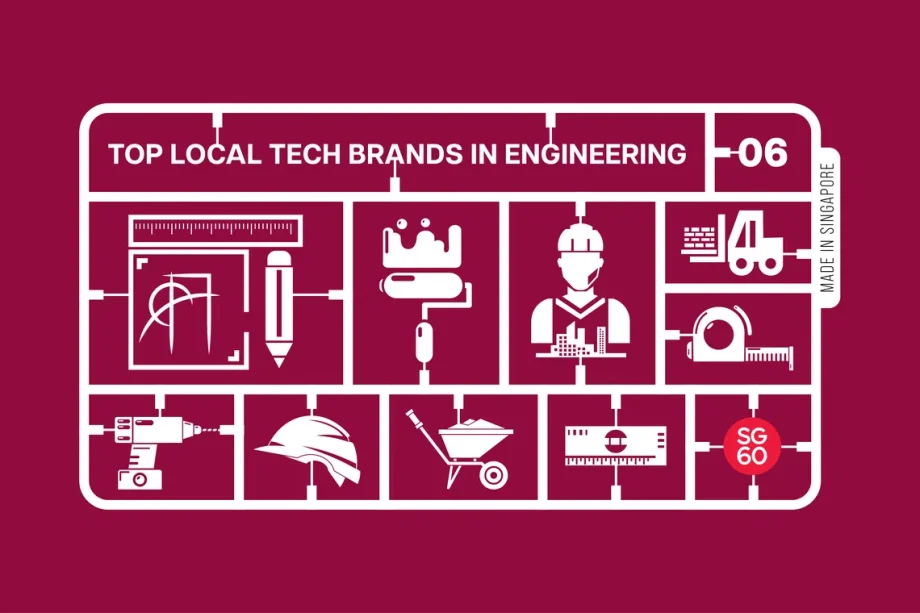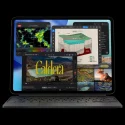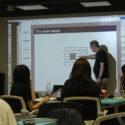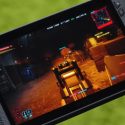HardwareZone celebrates Singapore’s 60th birthday with a series of articles showcasing local tech brands that have helped build our nation and put us on the world stage. Some of these brands have become household names, while others lesser known but no less innovative. You might even be surprised to learn of some popular technologies that got its start right here in Singapore.
(This article is one of 7 parts in our SG60 Tech Special series.)
Manufacturing might not be the main economic artery of Singapore right now, compared to our early days of independence. But Singapore’s engineering landscape remains pivotal as we enter the Industry 5.0 age, or the Fifth Industrial Revolution. While Industry 4.0 is characterised by artificial intelligence, automation, data analytics and digital transformation, Industry 5.0 focuses on man and machines working together.
As such, Singapore’s focus on engineering – innovation, R&D, and sustainability, driving expertise in areas like aerospace, smart nation technologies, and addressing climate change challenges – remains very much relevant. In fact, despite our nation’s short history, some Singapore engineering companies have been making waves in their respective disciplines for years. Here, we highlight some of these brands.
1. Nanofilm Technologies International Limited

(L-R): Dr Tan Chong Wei, senior research fellow at NTU; Professor Lam Khin Yong, NTU vice-president (industry); former DPM Heng Swee Keat; and Dr Shi Xu, founder and current CEO of Nanofilm, at an exhibition marking the launch of the Nanofilm-NTU corporate laboratory on Nov 28, 2023.
Photo: The Straits Times
Founded in 1999, Nanofilm Technologies International (NTI) was created as a spin-off from Nanyang Technological University (NTU). Founded by former NTU professor Dr Shi Xu, he started NTI to commercialise his patented Filtered Cathodic Vacuum Arc (FCVA) vacuum coating technology.
The company’s first major commercial success came with its TAC-ON coating technology. By the year 2000, TAC-ON became the industry standard for hard disk heads, providing enhanced durability and wear resistance.
In order to scale its manufacturing and tap into major Asian markets, NTI established its first overseas production facility in Shanghai in 2002. This was followed by the establishment of Nanofilm Technologies Japan in 2003.
NTI diversified its technology beyond electronics to further expand its operations. A significant development was the commercialisation of a coating solution for piston rings in 2013, which expanded its reach into the automotive sector.
In 2017, Dr Shi was named EY Entrepreneur Of The Year (Singapore). And in 2020, NTI was publicly listed and became Singapore’s first deep-tech unicorn.
NTI did not rest on its laurels and expanded into green technology in 2021 with a new subsidiary – Sydrogen – that focuses on hydrogen energy solutions. In 2023, going back to its roots, NTI established a corporate lab in partnership with NTU to push the boundaries of nanotechnology. NTI further expanded into Europe acquiring German firm AxynTeC the same year and later EuropCoating GmbH this year.
Key Events:
- 2000: The company’s TAC-ON coating becomes an industry-standard for hard disk heads.
- 2013: A coating solution for piston rings is successfully commercialised.
- 2020: NTI completes its Initial Public Offering (IPO) on the Singapore Exchange (SGX), becoming a listed company and Singapore’s first deep-tech unicorn.
- 2021: The company establishes the Sydrogen business unit to provide hydrogen energy solutions.
- 2023: NTI launches a $66 million corporate lab in partnership with NTU.
2. HOPE Technik

The 6th Generation Light Fire Attack Vehicle (LF6G), also known as the ‘Red Rhino’ and the 2nd Generation Red Rhino Robot, at the Civil Defence Academy on 8 June 2022.
Photo: The Straits Times


![CMG20251021-ChiaTY01/谢智扬/张佳莹/Launch of the Republic of Singapore Navy's First Multi-Role Combat Vessel.[ST Engineering Marine Ltd, Admin Building, 16 Benoi Rd, S'629889]
The MRCV is designed to be a modular vessel with capability of being a drone mothership that controls multiple unmanned systems.](https://cassette.sphdigital.com.sg/image/hardwarezone/1d4d8c03590b2193c024d56132b1b8a87d7f13275ccefa12a5fc4e96685a89b3?w=1000&q=85)
![Venture Manufacturing, a third party contractor
located at Ang Mo Kio. [lockers]](https://cassette.sphdigital.com.sg/image/hardwarezone/2408cbd5a702b816bdbfefec38bba63625a3e37bc094b88f9c2788e15401c036?w=1000&q=85)




